Home>Gardening & Outdoor>Landscaping Ideas>Why Does My Grass Have White Powder On It
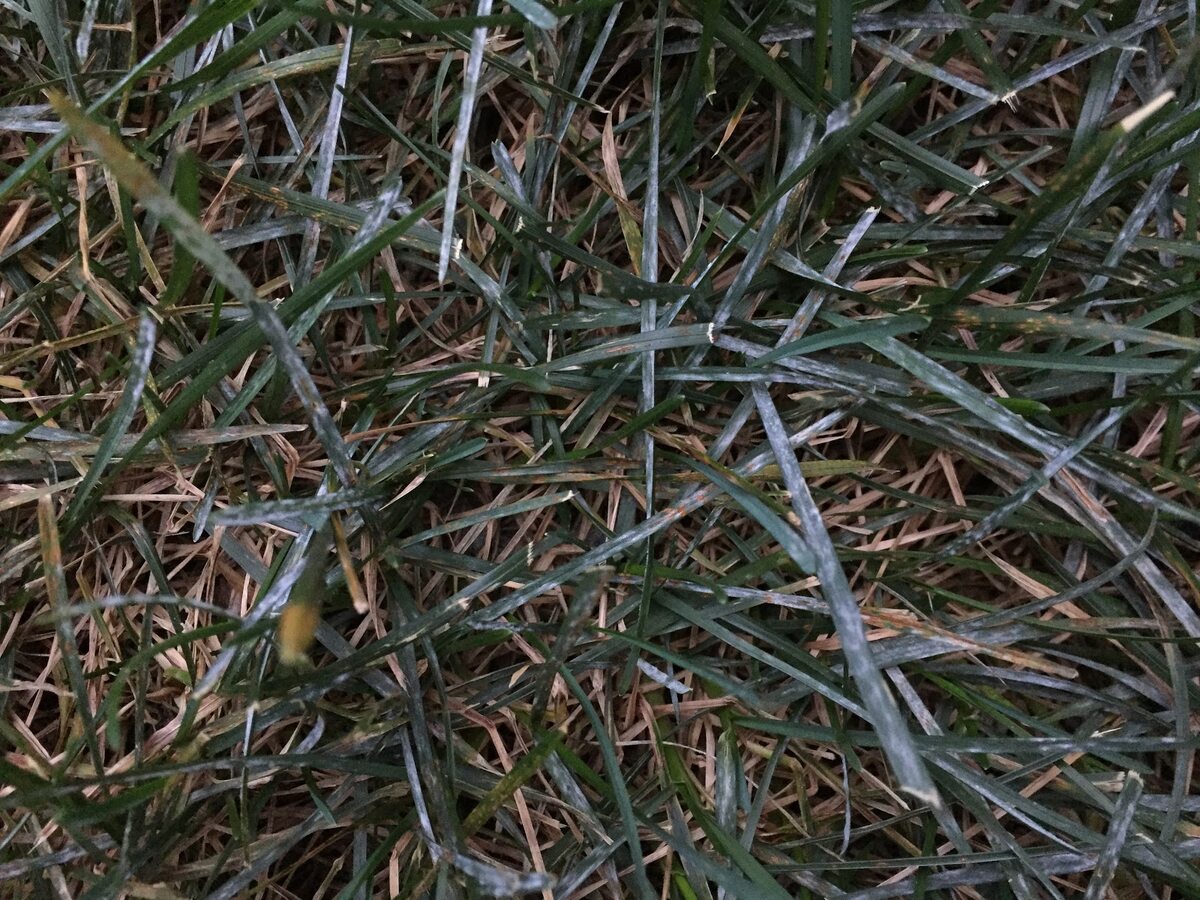

Landscaping Ideas
Why Does My Grass Have White Powder On It
Modified: March 6, 2024
Discover effective landscaping ideas to address white powder on your grass. Get expert tips and solutions to restore the health and beauty of your lawn.
(Many of the links in this article redirect to a specific reviewed product. Your purchase of these products through affiliate links helps to generate commission for Storables.com, at no extra cost. Learn more)
**
Introduction
**
If you've ever strolled through your garden or across your lawn and noticed a mysterious white powder adorning the grass, you're not alone. This peculiar sight can be a cause for concern, prompting questions such as "What is this white powder?" and "Is it harmful to my lawn?" In this article, we'll delve into the world of white powder on grass, exploring its potential causes, treatments, and prevention methods. By understanding the nature of this phenomenon, you can take proactive steps to ensure the health and vitality of your lawn.
Stay tuned as we unravel the mystery of the white powder on your grass and empower you with the knowledge to address it effectively. Let's embark on this enlightening journey to uncover the secrets behind this enigmatic occurrence and equip you with the tools to maintain a flourishing, pristine lawn.
**
Key Takeaways:
- White powder on grass can be caused by powdery mildew, over-fertilization, lime residue, or bird droppings. Understanding these causes helps in effective treatment and prevention.
- To treat and prevent white powder on grass, maintain proper lawn care, use fungicidal treatments, balance fertilization, clean up bird droppings, and educate others. Taking proactive measures ensures a healthy, vibrant lawn.
Read more: Why Does My Grass Look White
What is the white powder on my grass?
**
That powdery substance on your grass might be a sign of an underlying issue that warrants attention. The most common culprit behind this phenomenon is powdery mildew, a fungal disease that affects a wide range of plants, including grass. Powdery mildew appears as a white or grayish powder on the surface of grass blades, often spreading rapidly under favorable conditions.
This fungal infection thrives in humid environments with moderate temperatures, making it a common sight in many regions. When the conditions are right, powdery mildew spores germinate and form a powdery coating on the grass, hindering its photosynthetic capabilities and overall health.
It’s essential to identify the white powder on your grass accurately, as other factors such as over-fertilization, lime residue, or even bird droppings can mimic the appearance of powdery mildew. By understanding the nature of this white powder, you can take the necessary steps to address it effectively and prevent its recurrence.
As we continue, we’ll explore the common causes of white powder on grass, shedding light on the factors that contribute to this phenomenon. By gaining insight into these causes, you’ll be better equipped to tackle the issue head-on and restore the vibrancy of your lawn.
**
Common Causes of White Powder on Grass
**
Several factors can contribute to the presence of white powder on your grass, each with its unique characteristics and implications for lawn health. Understanding these common causes is crucial in effectively addressing the issue and implementing preventive measures. Let’s delve into the primary culprits behind the mysterious white powder on your grass:
- Powdery Mildew: As mentioned earlier, powdery mildew is a prevalent fungal disease that manifests as a powdery white coating on grass blades. This condition thrives in humid environments, particularly during periods of moderate temperatures, and can spread rapidly if left unchecked.
- Over-Fertilization: Excessive use of certain fertilizers, especially those high in soluble salts, can leave behind a white, powdery residue on the grass. This residue may resemble powdery mildew but is, in fact, a result of the fertilizer’s composition. Proper application and moderation are key to preventing this issue.
- Lime Residue: Lime applications to adjust soil pH can sometimes result in a white, powdery appearance on grass. This residue is a byproduct of the lime and should dissipate over time. Properly managing lime applications and ensuring thorough incorporation into the soil can minimize this occurrence.
- Bird Droppings: The excrement of birds, particularly certain species, can leave behind a white, powdery deposit on grass. While this may resemble fungal growth, it is essential to distinguish between bird droppings and actual powdery mildew to address the issue accurately.
By recognizing these common causes of white powder on grass, you can narrow down the potential sources and take targeted measures to mitigate the issue. The next step is to explore effective treatments and preventive strategies to restore the lush green beauty of your lawn and safeguard it against future occurrences of white powder.
**
The white powder on your grass could be powdery mildew, a common fungal disease. To prevent it, avoid watering in the evening and improve air circulation around the plants.
How to Treat and Prevent White Powder on Grass
**
Addressing the presence of white powder on your grass involves a combination of targeted treatments and proactive measures to prevent its recurrence. Whether it’s powdery mildew, fertilizer residue, lime deposits, or bird droppings, implementing the following strategies can help restore the health and visual appeal of your lawn:
- Proper Lawn Maintenance: Regular mowing and adequate aeration can promote air circulation and reduce humidity, creating an environment less conducive to powdery mildew and other fungal growth. Additionally, maintaining optimal soil moisture levels through proper irrigation practices can deter fungal proliferation.
- Fungicidal Treatments: In cases of powdery mildew infestation, applying fungicidal treatments formulated specifically for grass can help combat the fungal growth. These treatments should be used according to the manufacturer’s instructions and in conjunction with cultural practices for optimal efficacy.
- Soil Testing and Balanced Fertilization: Conducting soil tests to assess nutrient levels and pH can guide appropriate fertilization practices, preventing over-fertilization and the resulting white residue. Using balanced, slow-release fertilizers can minimize the risk of fertilizer-related issues while promoting healthy grass growth.
- Thorough Cleanup: Removing bird droppings promptly and maintaining a clean, debris-free lawn can mitigate the accumulation of white, powdery deposits. This proactive approach can prevent the misidentification of bird droppings as fungal growth and minimize aesthetic concerns.
- Educational Outreach: Engaging in educational outreach and community initiatives can raise awareness about proper lawn care practices, including the identification and management of fungal diseases. Sharing knowledge and best practices can contribute to a healthier, more informed gardening community.
By adopting these strategies, you can effectively treat the presence of white powder on your grass and implement measures to prevent its reoccurrence. Taking a proactive and holistic approach to lawn care not only enhances the visual allure of your outdoor space but also fosters a thriving, resilient lawn that can withstand environmental challenges.
As we conclude our exploration of white powder on grass, it’s essential to remain vigilant and proactive in maintaining the well-being of your lawn. By leveraging the insights and strategies outlined in this article, you can embark on a journey toward a lush, vibrant lawn that invites admiration and enjoyment.
**
Conclusion
**
As a vigilant steward of your lawn, recognizing and addressing the presence of white powder on your grass is essential for its long-term health and visual appeal. Whether it’s the result of powdery mildew, fertilizer residue, lime deposits, or bird droppings, understanding the underlying causes empowers you to take informed action and preserve the vitality of your lawn.
By familiarizing yourself with the common culprits behind white powder on grass and implementing targeted treatments and preventive measures, you can safeguard your lawn against the detrimental effects of fungal growth, nutrient imbalances, and environmental factors. Through proper lawn maintenance, strategic treatments, and educational outreach, you can cultivate a resilient, picturesque lawn that stands as a testament to your dedication and care.
As you navigate the realm of lawn care, remember that each blade of grass holds a story of resilience and growth, reflecting the harmony between nature and nurture. By nurturing your lawn with knowledge, attentiveness, and proactive measures, you contribute to a flourishing ecosystem that enriches your outdoor environment and captivates the senses.
May your journey in tending to your lawn be one of discovery, empowerment, and the simple joys of witnessing nature’s beauty unfold under your thoughtful stewardship. Embrace the lessons learned from the enigmatic white powder on your grass, and let them inspire a deeper connection with the living tapestry of green that graces your outdoor sanctuary.
With each step you take to treat and prevent white powder on your grass, you embark on a harmonious dance with nature, nurturing a landscape that thrives and flourishes under your dedicated care.
Frequently Asked Questions about Why Does My Grass Have White Powder On It
Was this page helpful?
At Storables.com, we guarantee accurate and reliable information. Our content, validated by Expert Board Contributors, is crafted following stringent Editorial Policies. We're committed to providing you with well-researched, expert-backed insights for all your informational needs.

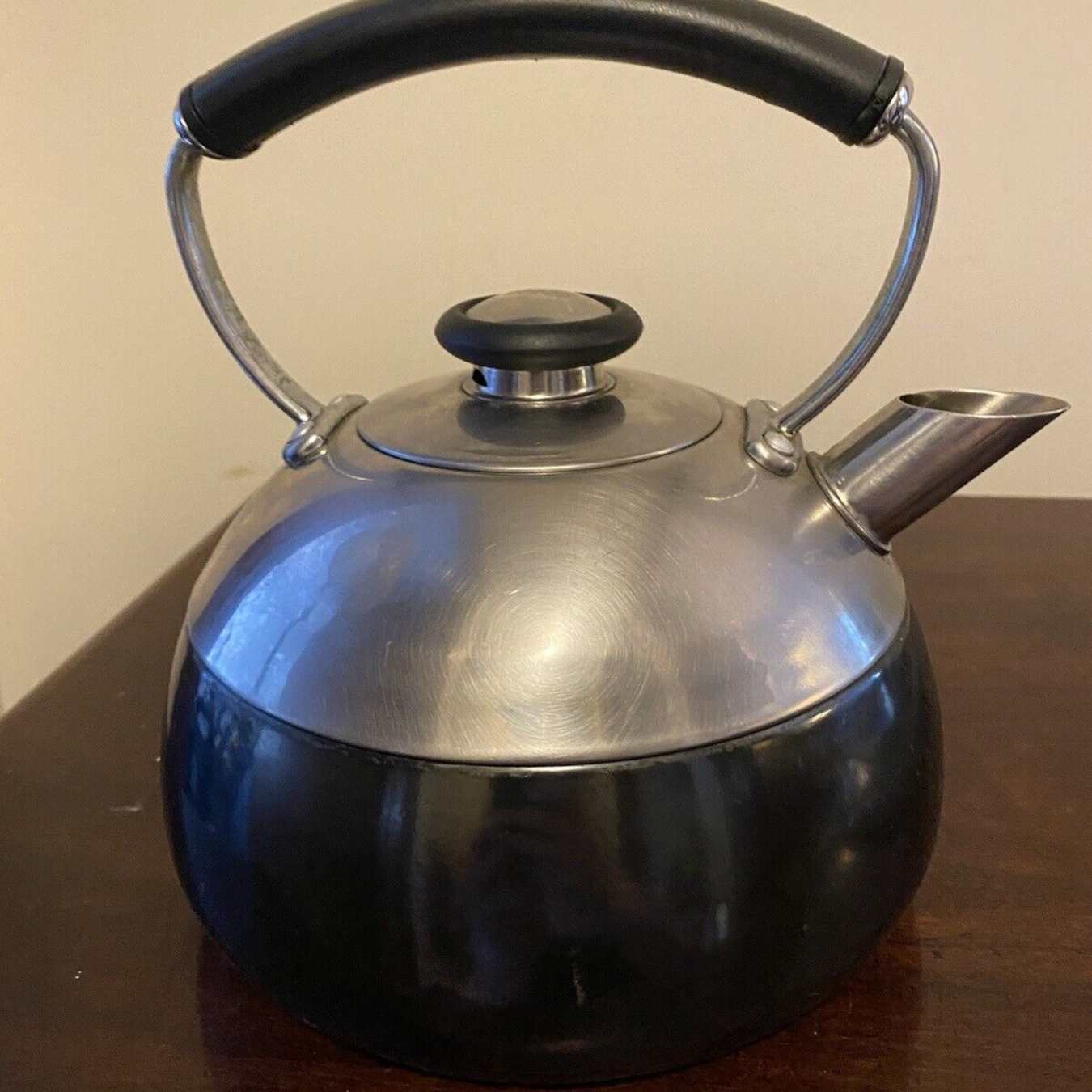
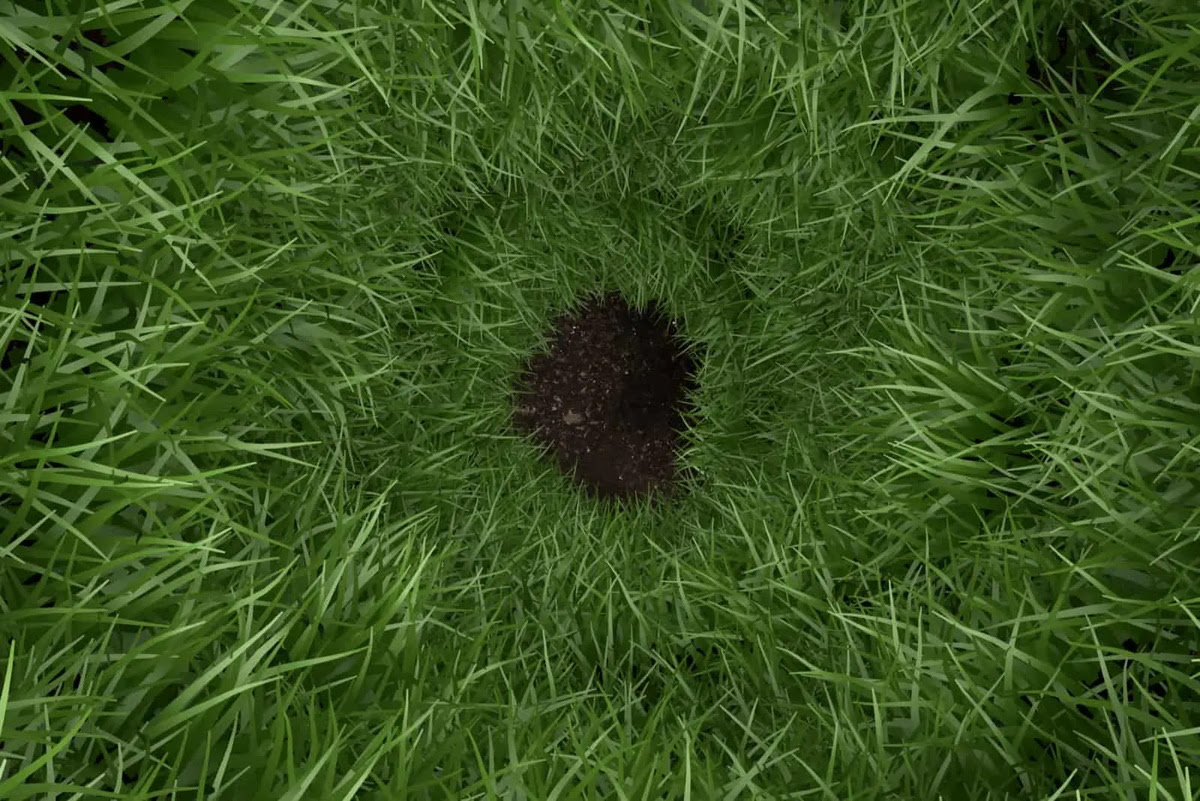


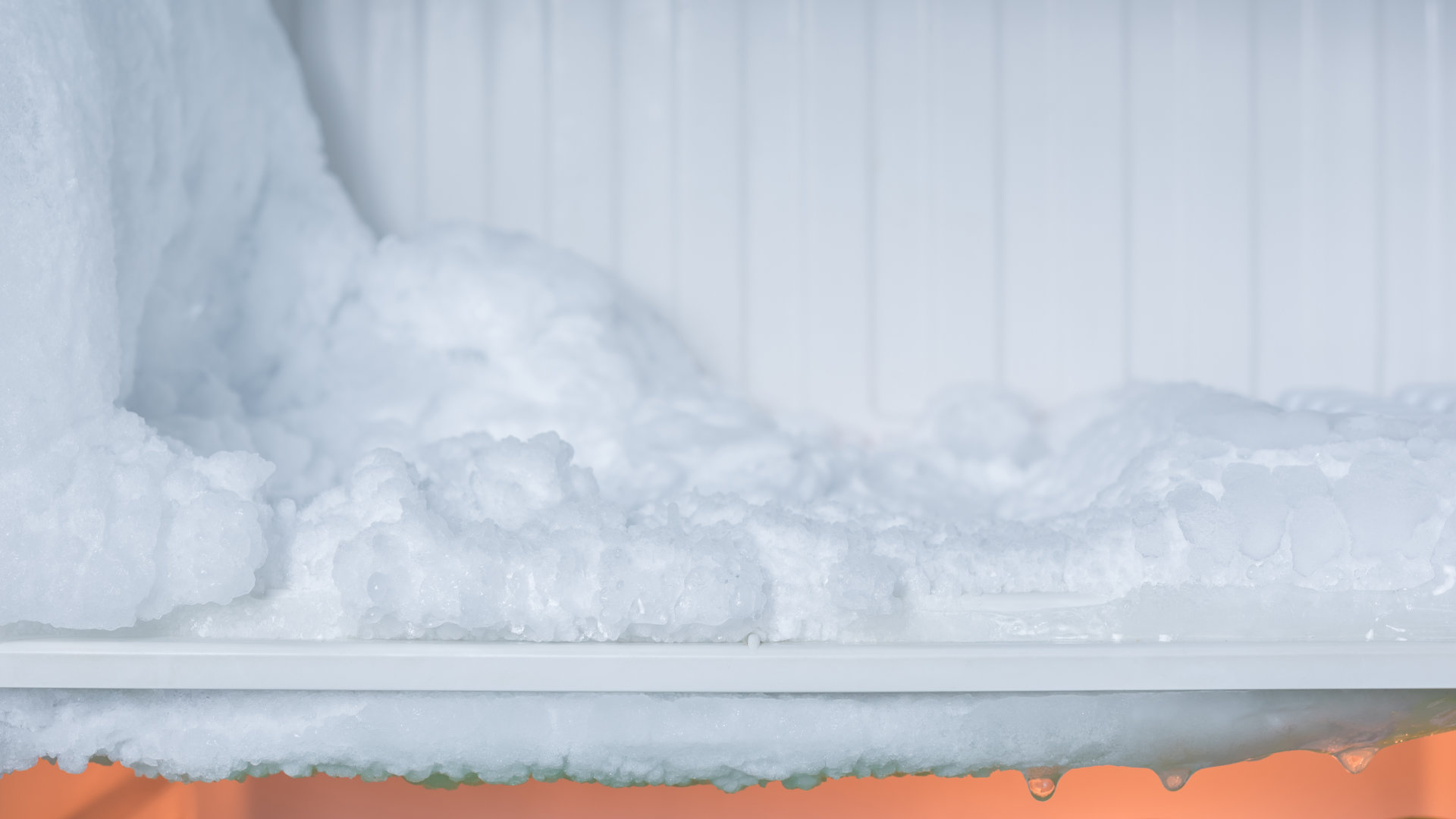
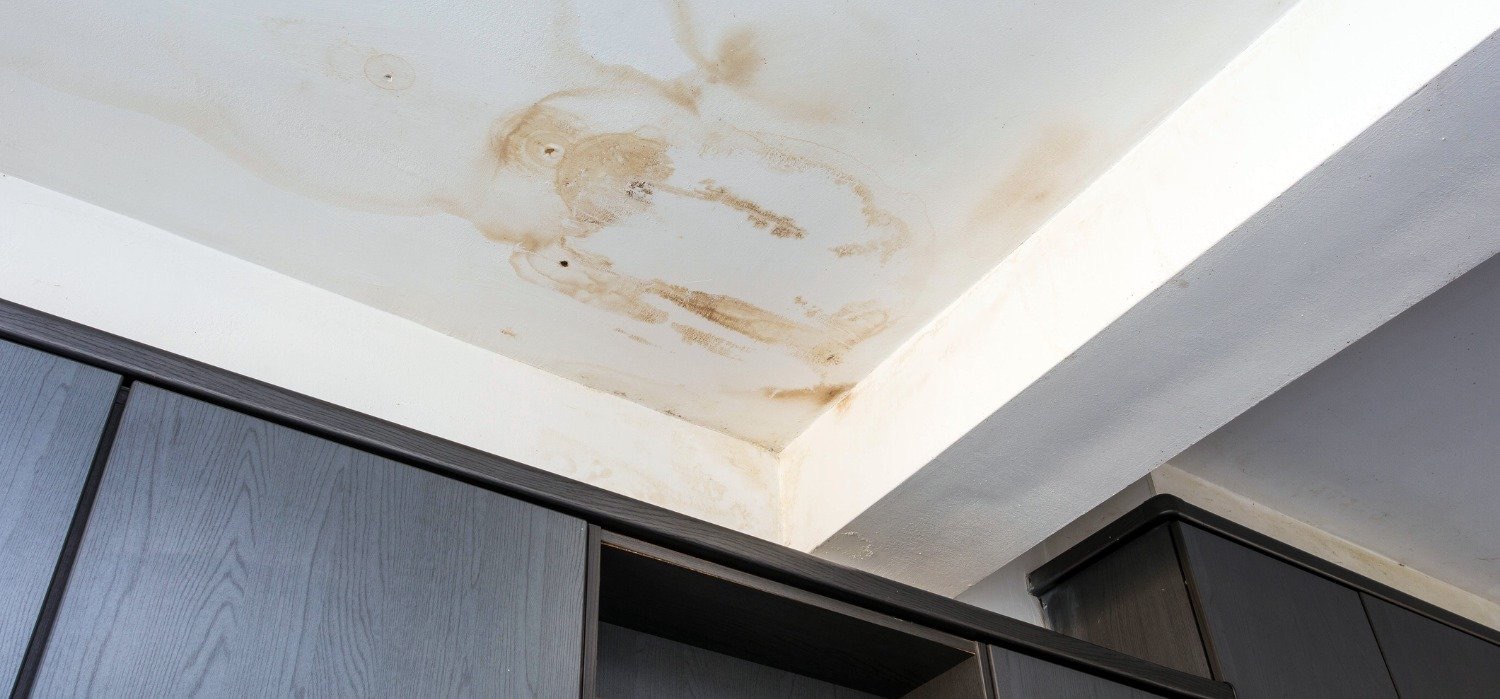
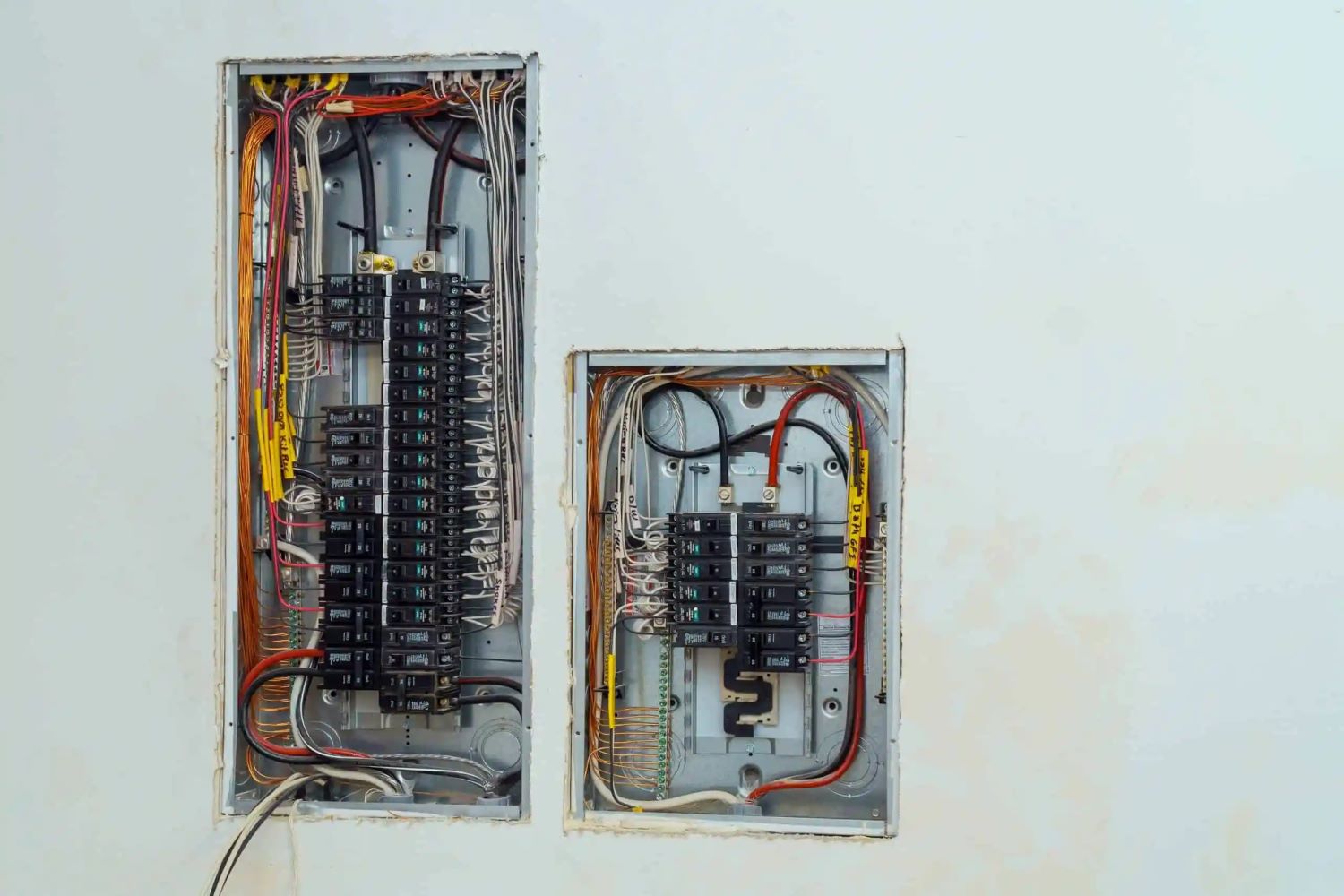

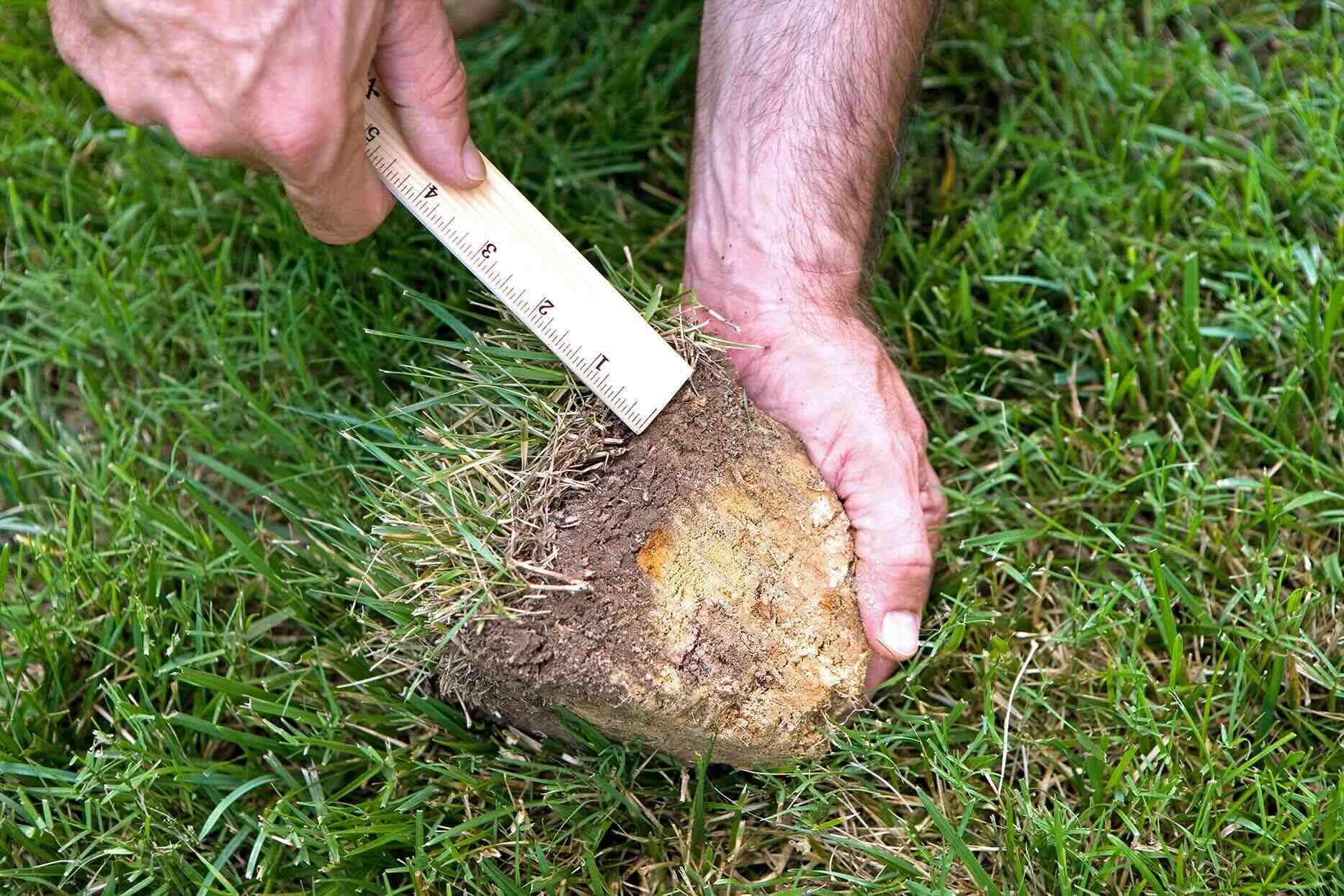
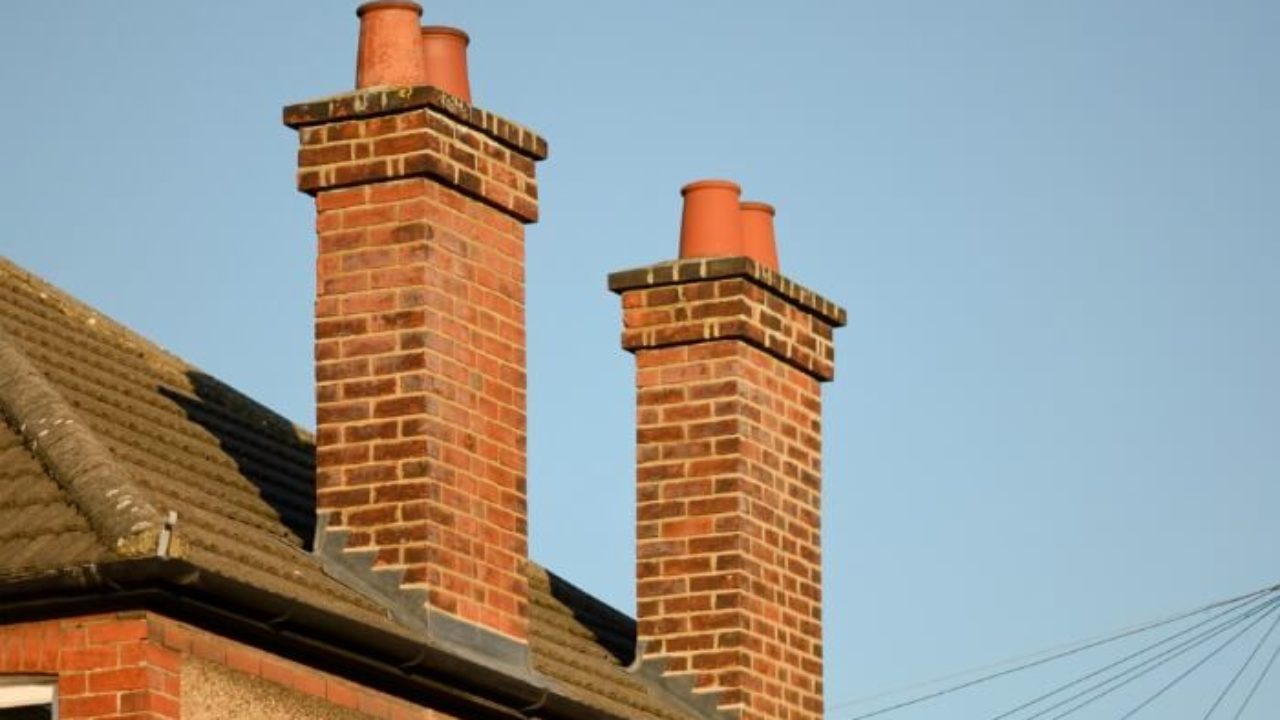


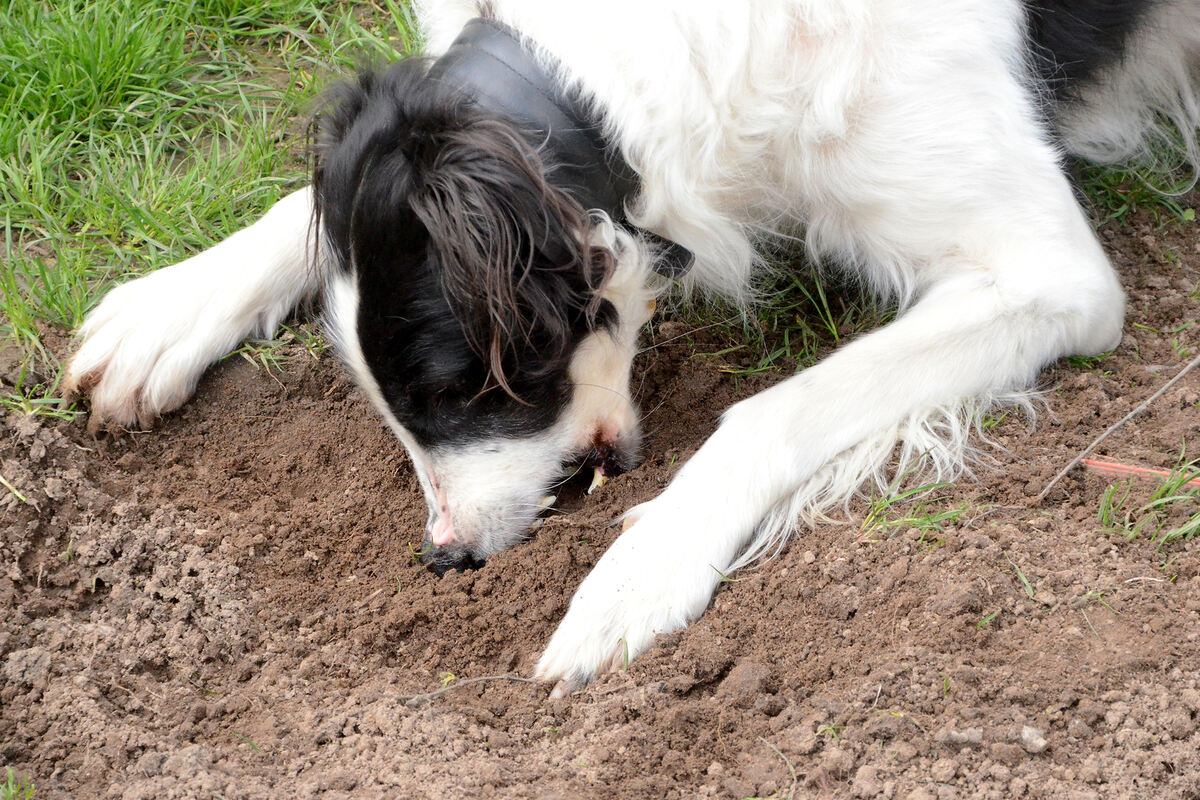
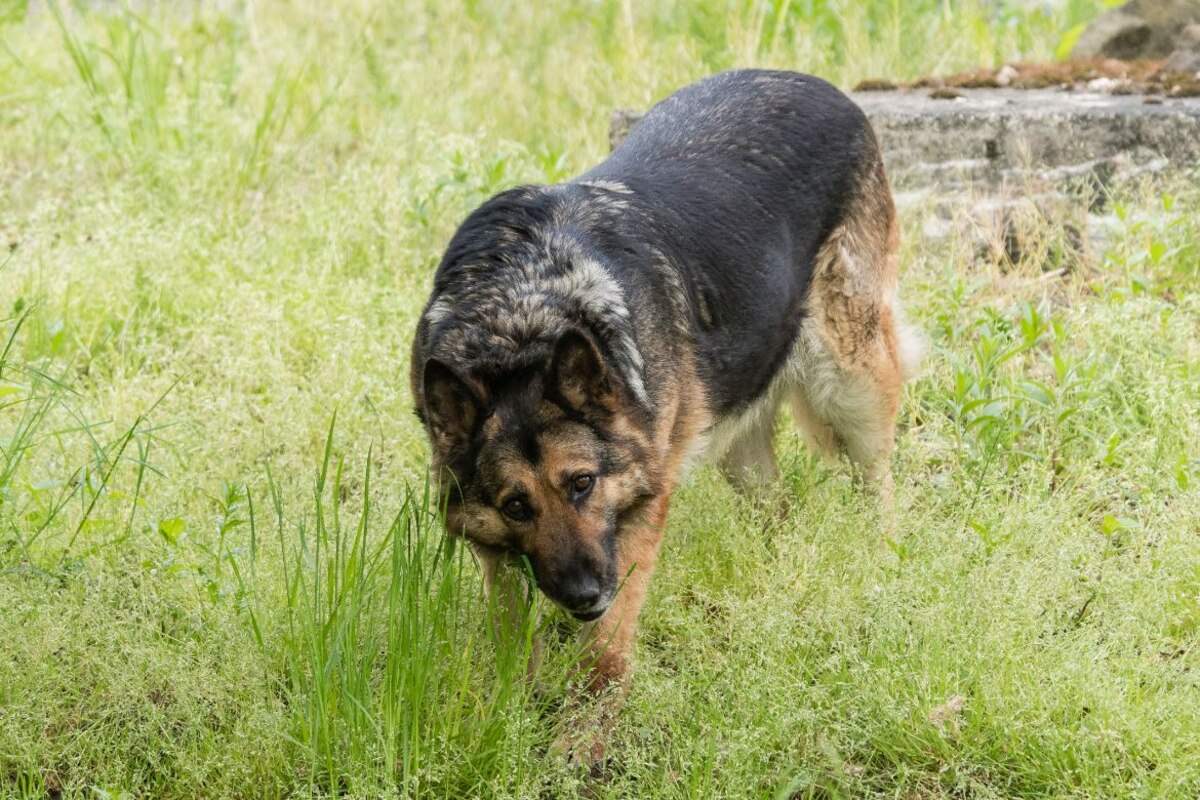

0 thoughts on “Why Does My Grass Have White Powder On It”